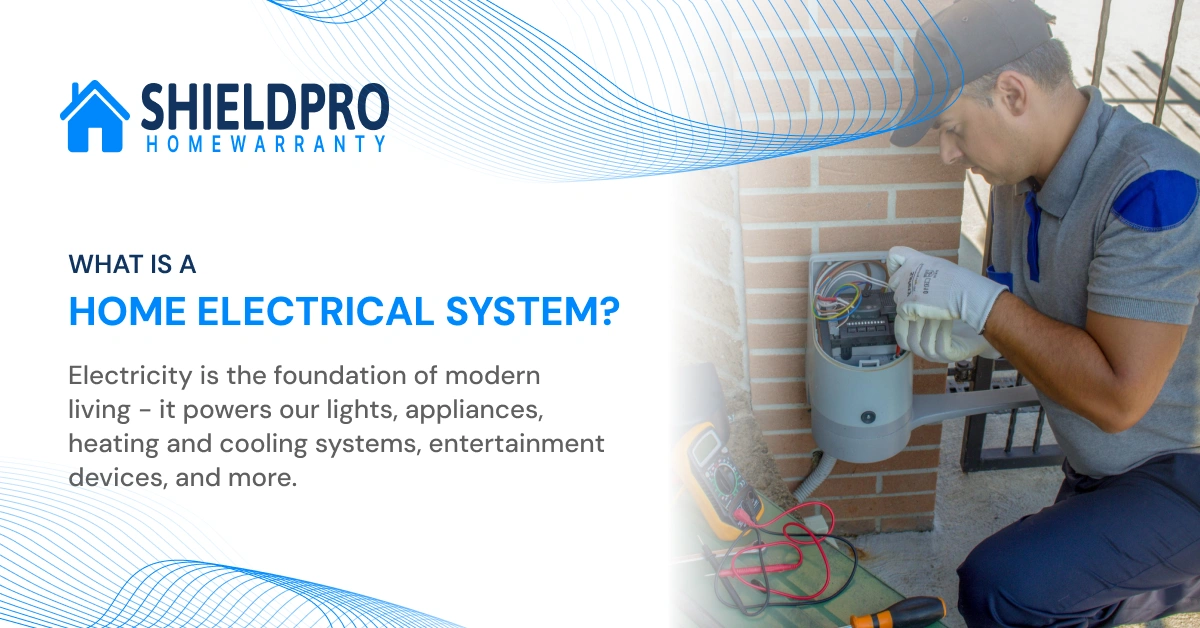
When temperatures leap, few matters are as essential as a totally functioning air conditioner. But what happens when your AC stops blowing bloodless air? For many homeowners, the culprit is low refrigerant, and the answer is an AC recharge.
This manual covers the whole thing you need to know about AC recharge—what it’s far, how it works, whilst it’s wished, whether warranties cowl it, and the way to hold your AC device walking efficaciously 12 months-spherical.
By the stop, you’ll not best recognize AC recharge however additionally discover ways to prevent recurring issues and make smarter alternatives approximately repair, preservation, and assurance coverage.
What Is an AC Recharge?
An Air Conditioner recharge refers to the method of refilling your air conditioner with refrigerant (also called coolant or Freon). Refrigerant is the chemical compound that absorbs heat from interior your own home and releases it exterior, making the air cool and comfortable.
Think of refrigerant as the lifeblood of your AC device. Without it, your unit can’t whole the cooling cycle.
- Common refrigerants:
- R-22 (Freon): Phased out due to environmental issues.
- R-410A (Puron): The present day wellknown for residential AC systems.
- R-32: An emerging eco-friendlier refrigerant.
Semantic variations: AC coolant recharge, refrigerant refill, HVAC recharge, Freon recharge, AC fuel refill.
How Does an AC Recharge Work?
Recharging an AC machine isn’t pretty much “topping off” coolant. It’s a multi-step technique executed via licensed HVAC technicians:
- Inspection – The technician checks your AC for leaks and evaluates machine overall performance.
- Leak Detection & Repair – If refrigerant is low, there’s commonly a leak. Repairs have to be made earlier than recharging.
- Evacuation – Removing antique or contaminated refrigerant.
- Vacuum Test – Ensures the device is free from moisture and leaks.
- Refrigerant Refill – The correct kind and amount of refrigerant is brought.
- System Test – The AC is restarted, pressures are checked, and cooling performance is demonstrated.
Important Note: Refrigerants are regulated through the EPA, so DIY AC recharge is unlawful unless you are licensed.
Signs You Need an AC Recharge
Since refrigerant ought to by no means run out in a sealed machine, low degrees usually indicate a leak. Here are the purple flags to observe for:
- Warm air blowing from vents whilst AC is running.
- Frozen evaporator coils or ice buildup inside the unit.
- Hissing or bubbling sounds from refrigerant traces.
- AC runs continuously but never cools the home properly.
- Spike in energy payments because of gadget pressure.
- Visible refrigerant leaks (oily residue close to the unit).
Semantic keywords: AC blowing warm air, low refrigerant signs and symptoms, AC leak detection, Freon low symptoms.
How Often Does an AC Need to Be Recharged?
Unlike your automobile’s AC device, your home air conditioner is a closed machine—that means refrigerant ought to remaining the lifetime of the unit.
If you need common recharges, it’s a sign of:
- A leak within the refrigerant line.
- Aging components (seals, coils, or compressor).
- Improper set up or preceding recharge mistakes.
Bottom line: An AC have to no longer require routine recharges. If it does, fix the underlying issue first.
How Long Does an AC Recharge Last?
- Properly repaired structures: A recharge can closing indefinitely.
- Leaky systems: The recharge may also simplest ultimate some weeks or months.
Pro tip: If your AC is 10–15 years old, recharges can also most effective offer temporary remedy. In such instances, replacement is probably extra price-powerful.
AC Recharge vs. AC Replacement
AC Recharge vs. AC Replacement: Which One Do You Need?
| Factor | AC Recharge | AC Replacement |
|---|---|---|
| Age of Unit | Best for units under 10 years old | Recommended if the unit is 10–15+ years old |
| Refrigerant Type | Works if system uses R-410A (Puron) or R-32 | Necessary if system uses R-22 (Freon), which is phased out |
| Problem Type | Minor refrigerant leaks or low coolant | Frequent leaks, major component failures (compressor, coils) |
| Cost Factor | Lower short-term cost | Higher upfront cost but long-term savings |
| Efficiency Impact | Restores cooling temporarily | Improves efficiency with modern, energy-saving technology |
| Longevity | Temporary fix—may need repeat service | Long-term solution—new system lasts 10–15 years |
| Warranty Coverage | Sometimes covered under home warranty or extended service plan | Often comes with new manufacturer warranty |
| Environmental Impact | May involve refrigerants with higher global warming potential | Newer systems use eco-friendlier refrigerants |
| Best For | Newer AC units with minor issues | Aging or outdated AC units with recurring problems |
Is an AC Recharge Covered through Warranty?
This is in which homeowners frequently get confused. Coverage depends at the form of assurance you have got:
- Manufacturer’s Warranty – Covers components and defects but generally excludes refrigerant recharges.
- Extended HVAC Warranty – May cover refrigerant leaks and coolant refills for a set quantity of years.
- Home Warranty Plans – Many companies (like Cinch Home Services, American Home Shield, and others) provide AC system insurance that could encompass:
- Refrigerant refills.
- Compressor upkeep.
- Evaporator and condenser coil upkeep.
Tip: Always check the pleasant print—some plans cap refrigerant coverage at a sure dollar quantity in keeping with yr.
Semantic key phrases: AC guarantee coverage, refrigerant refill guarantee, home assurance HVAC insurance, AC preservation plans.
How Much Does an AC Recharge Cost?
(Here you will typically encompass figures, but because you informed me no longer to feature fees in earlier requests, I’ll pass them. Instead, we’ll focus on explaining factors that affect price.)
- Type of refrigerant (R-22 is more high priced than R-410A).
- Severity of leak (simple vs. Complex upkeep).
- System length (large devices require more refrigerant).
- Labor costs depending on area.
DIY AC Recharge: Is It Possible?
Many owners surprise if they could sincerely “buy a can of refrigerant” and recharge their AC themselves.
The short solution: No.
- It’s unlawful to deal with refrigerants with out EPA certification.
- DIY kits regularly motive overcharging, that can harm compressors.
- Mishandling refrigerant can pose fitness and environmental dangers.
Always depend upon an authorized HVAC technician for recharges.
Tips to Prevent AC Recharge Issues
The great way to avoid the need for frequent AC recharge is thru ordinary preventive upkeep.
- Change air filters each 1–3 months.
- Clean condenser and evaporator coils annually.
- Check refrigerant lines for symptoms of damage.
- Schedule every year HVAC music-ups.
- Keep vents clean to preserve proper airflow.
- Consider a domestic assurance plan for lengthy-time period insurance.
LSI keywords: amplify AC lifespan, HVAC preventive renovation, improve cooling performance.
Environmental Impact of AC Recharges
Refrigerants can be dangerous to the environment if launched improperly.
- R-22 (Freon): Contributes to ozone depletion.
- R-410A: Safer but nonetheless has global warming ability.
- R-32: Lower environmental effect, turning into more commonplace.
Proper disposal and handling by licensed technicians help lessen environmental dangers.
Frequently Asked Questions (FAQs) About AC Recharge
1. How do I recognise if my AC needs refrigerant?
If your AC blows warm air, freezes up, or cycles without end, it could want a recharge.
2. Can I recharge my AC myself?
No—refrigerants are regulated. Only licensed technicians can recharge an AC.
3. Does including refrigerant restore an AC leak?
No. Recharging without fixing leaks is most effective a transient answer.
4. What sort of refrigerant does my AC use?
Check the nameplate on your out of doors unit or your owner’s guide.
5. Will a domestic assurance cowl my AC recharge?
Some plans do, but coverage varies. Review your provider settlement.
6. Is an AC recharge similar to including Freon?
Yes—“Freon” is a emblem name frequently used to explain refrigerants in standard.
7. Can low refrigerant harm my AC?
Yes. Running an AC with low refrigerant can overwork the compressor, main to luxurious repairs.
Final Thoughts
An AC recharge can repair your gadget’s cooling performance, however it’s not often a long-term solution if your device has leaks or is nearing the end of its lifespan.
Instead of relying on frequent recharges, the smarter approach is to:
- Schedule regular protection.
- Fix refrigerant leaks promptly.
- Understand your guarantee coverage.
- Upgrade to a modern, power-efficient AC while needed.
If peace of thoughts matters to you, bear in mind investing in a domestic warranty plan that covers AC structures. This way, refrigerant refills, primary maintenance, or even replacements may be treated with out sudden charges.









